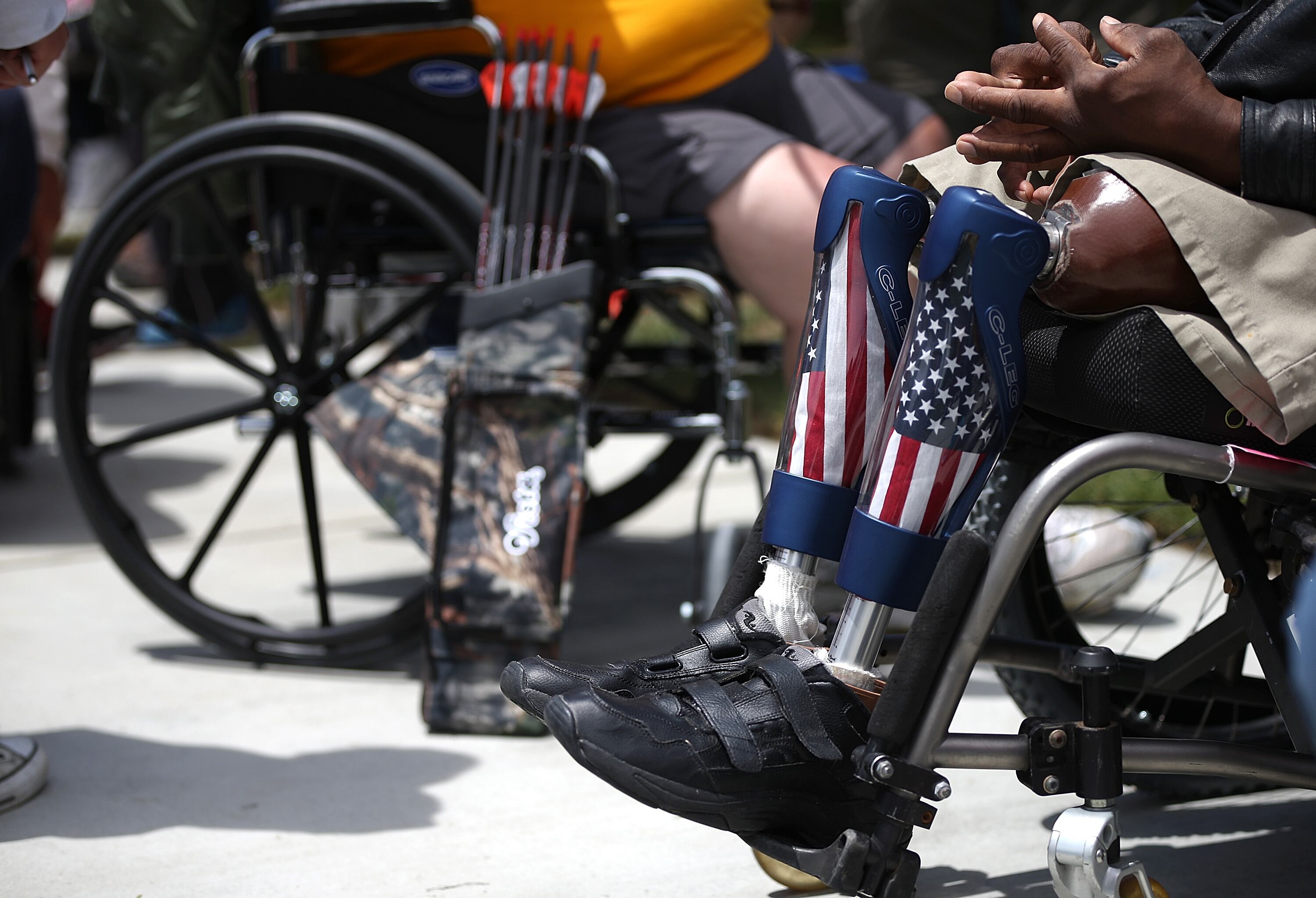The Veterans Readiness and Employment Program or VR&E (formerly known as Vocational Rehabilitation and Employment or Chapter 31) is an alternative program to the GI Bill created to assist disabled veterans.
The VR&E individual support options cover a much broader spectrum of needs than just education. For those who are disabled due to service-related injuries, it goes beyond in terms of assisting those transitioning, discharged, and active-duty personnel preparing to enter civilian life.
Specific services are offered and tailored to match the needs of the individual regarding job training, employment accommodations, resume development, job-seeking skills, and services to assist veterans in starting their own businesses. In addition, independent living services are provided for the severely disabled and those unable to work in traditional employment situations, according to the VA website.
The program offers employment evaluation, vocational training, rehabilitation planning, job training, employment support and counseling, employment assistance, apprenticeships, education, rehab, and independent living assistance.
A professional vocational rehabilitative counselor is assigned to each veteran or servicemember to coordinate a personalized plan fitting the individual’s goals and needs. To be eligible for the VR&E, veterans must be at least 10-percent disabled with a service-connected injury.
Active duty troops can also benefit from VR&E
Active duty troops may also be eligible for VR&E benefits and services if they meet at least one of two requirements: they must have a 20-percent or higher pre-discharge disability rating (memorandum rating), or they’re separating from the military soon or awaiting discharge due to a severe illness or injury that occurred while on active duty.
Service members who’ve been wounded, injured, or who’ve become ill while serving but can’t perform their duties should ask to see a VRC at their current or nearest military installation that hosts an Integrated Disability Evaluation System site. This is where they’ll receive the disability evaluation and the proposed VA disability rating required to take advantage of the VR&E program prior to leaving service. After referral to the Physical Evaluation Board at one of these sites, a mandatory meeting with a VRC is assigned and the process begins.
VR&E services to get you back in the game
- A complete evaluation to determine your abilities, skills, and interests for employment
- Professional or vocational counseling and rehabilitation planning for employment services
- Employment services such as job training, resume development, and other work-readiness support
- Help finding and keeping a job, including the use of special employer incentives and job accommodations
- On-the-job training (OJT), apprenticeships, and non-paid work experiences
- Post-secondary education and training at a college, vocational, technical, or business school
- Supportive rehabilitation services including case management, counseling, and medical referrals
- Independent living services to help you live as independently as possible
Numerous additional programs and benefits are available to disabled veterans on the VA’s website, including pre-discharge disability claims and adaptive housing grants to ease the transition and prepare, obtain and keep their next job or career choices.
It’s important to know that using the VR&B program does not exclude taking full advantage of the GI Bill or vice versa. A combination of both programs, in whatever order best befits the individual is encouraged to yield the best results.
Veterans and service members can apply online here.





